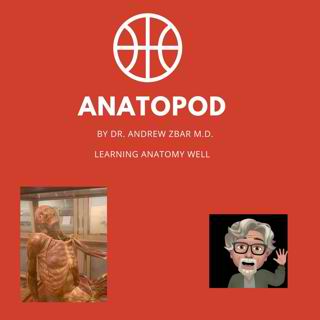Om avsnittet
From the earliest record by Fra Salimbene of an autopsy in 1286, the postmortem examination became the new method of estimating the cause of death. But the rise of autopsy and its social acceptance allowed the anatomists to dissect the human body for inquisitive means. In some cases like Boniface VIII it irked the Pope so much that he issued his decretal the Detestande feritatis Bull in 1299 prohibiting the separation of bodies, which was a method used to preserve the bones of Crusaders. But other Popes like Benedict XIV very much favoured the practice of examination of the corpse in the furthering of the understanding of the physical world. For Benedict (who issued his Notificazione in 1737) dissection of the human body was a powerful way to come to understand the mind of God. The rival cities of Bologna and Padua set up their theatrae anatomia, dissecting halls dedicated to dismantling corpses and their styles governed the public spectacles of dissection for the next 200 years. In this podcast the story of autopsy is considered through its headiest days and to its ultimate modern decline.
